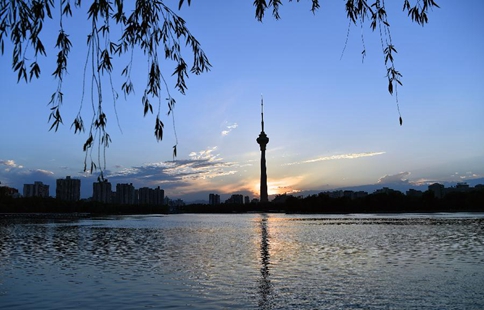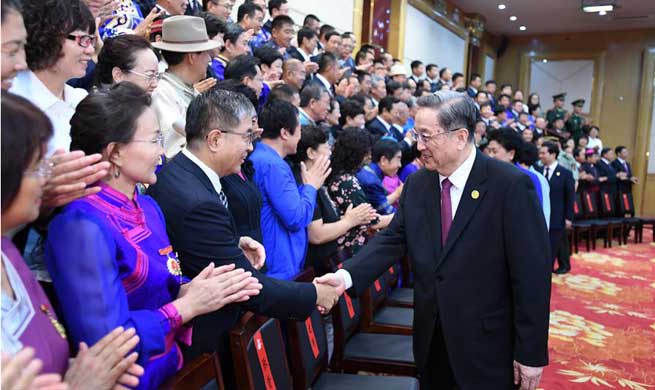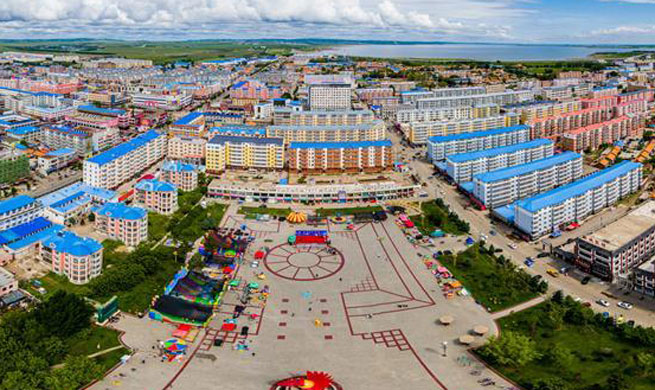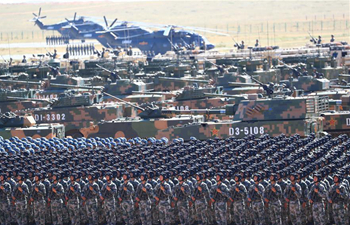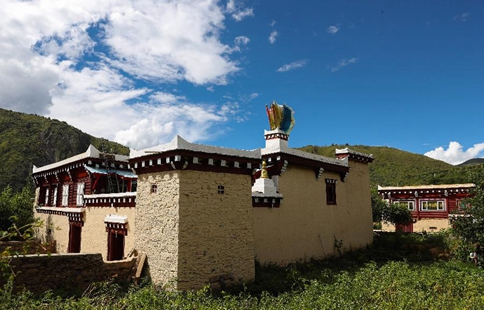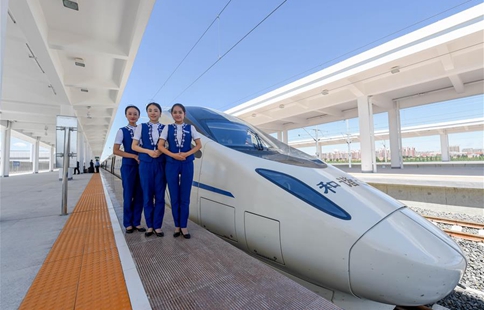HOHHOT, Aug. 8 (Xinhua) -- Inner Mongolia Autonomous Region, the first provincial-level autonomous region established in China, celebrated its 70th founding anniversary on Tuesday. Here are some basic facts about the region and regional ethnic autonomy in China.
Inner Mongolia is in north China and borders Mongolia and Russia. The region covers an area of 1.18 million sq km, or about 12 percent of the country's land area. It has a population of about 25 million, including 4.6 million Mongolians -- nearly one-fifth of the region's total population.
Over the past seven decades, the region's economy has expanded from 537 million yuan (80 million U.S. dollars) to 1.86 trillion yuan, ranking first among the country's five autonomous regions. Its GDP per capita also exceeded 74,000 yuan.
The region's foreign trade volume has increased from 30 million yuan to 77.3 billion yuan since China's reform and opening up. In recent years, the sharp increase in China-European freight trains traveling via Erenhot and Manzhouli ports have boosted China-Mongolia and China-Russian trade.
Inner Mongolia is rich in natural resources and its pillar industries include coal mining, iron and steel, livestock farming, and electric power.
As China's major coal-producing region, Inner Mongolia had an output of 850 million tonnes of coal last year, or a quarter of the country's total.
The region is also one of the major iron and steel production bases in China. One-third of the rail for high-speed trains in China is produced by Baotou Iron and Steel group.
The region is abundant in rare earth resources. The Bayan Obo rare earth mining area is the world's largest.
The region is China's biggest dairy product provider, producing 7.3 million tonnes of milk last year. It also has the largest output of mutton, fine wool and cashmere wool in the country.
Inner Mongolia is a major power supplier for China's west-to-east and north-to-south power transmission programs. It generated 395 billion kwh of power last year, simultaneously developing wind and solar power generation.
It is a major supplier of natural gas for China's west-to-east gas transmission program, and had a yield of nearly 30 billion cubic meters last year.
Inner Mongolia Autonomous Region was established on May 1, 1947, followed by the Xinjiang Uygur, Ningxia Hui, Guangxi Zhuang and Tibet autonomous regions.
Regional autonomy for ethnic minorities is a basic political system and an important policy for handling ethnic affairs in China.
Regional autonomy for ethnic minorities in China means that, under the unified leadership of the state, regional autonomy is practiced in areas where ethnic minorities live in compact communities. In these areas, self-government organs have been established to exercise autonomy.
The first National People's Congress, which convened in 1954, included a system of regional autonomy for ethnic minorities in the Constitution of the People's Republic of China, and the regional ethnic autonomy law was put into effect in 1984.







